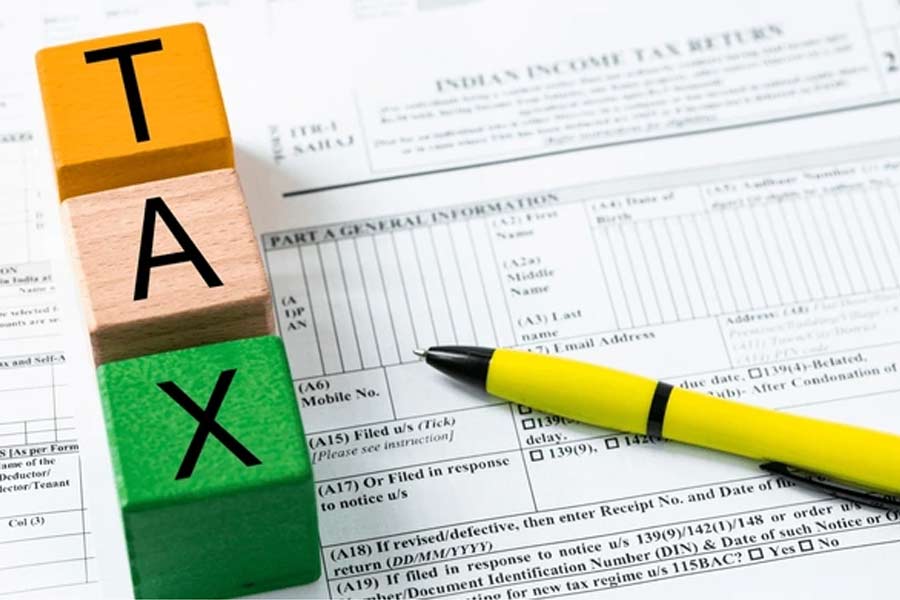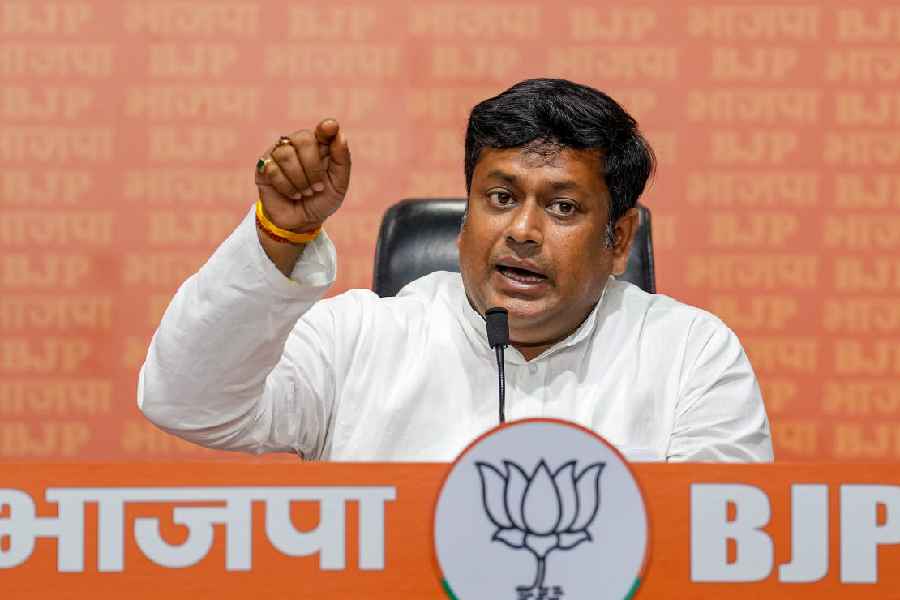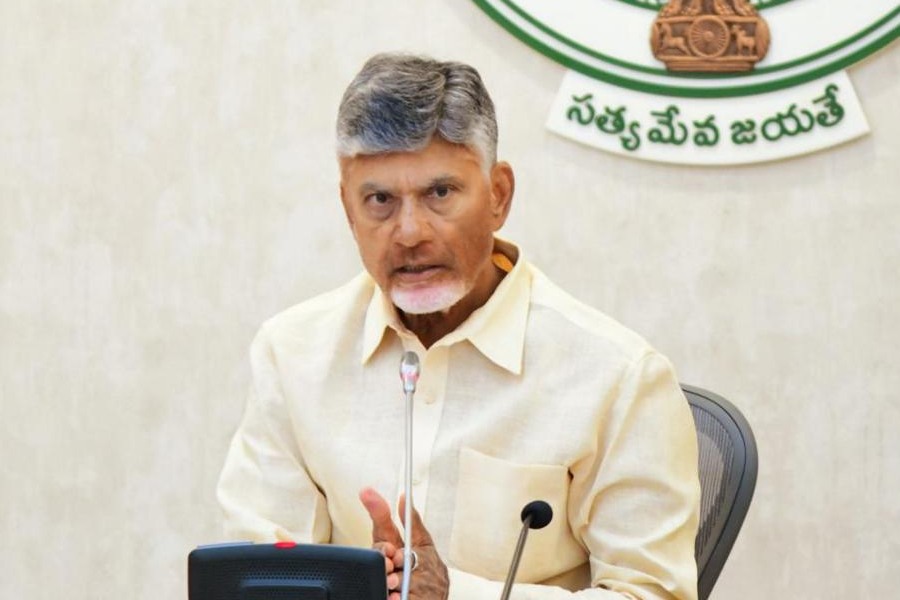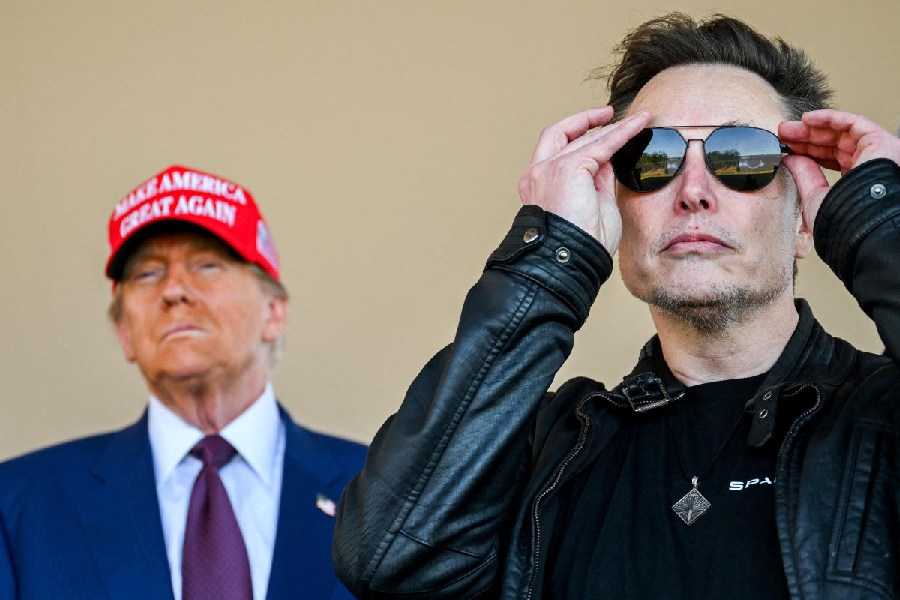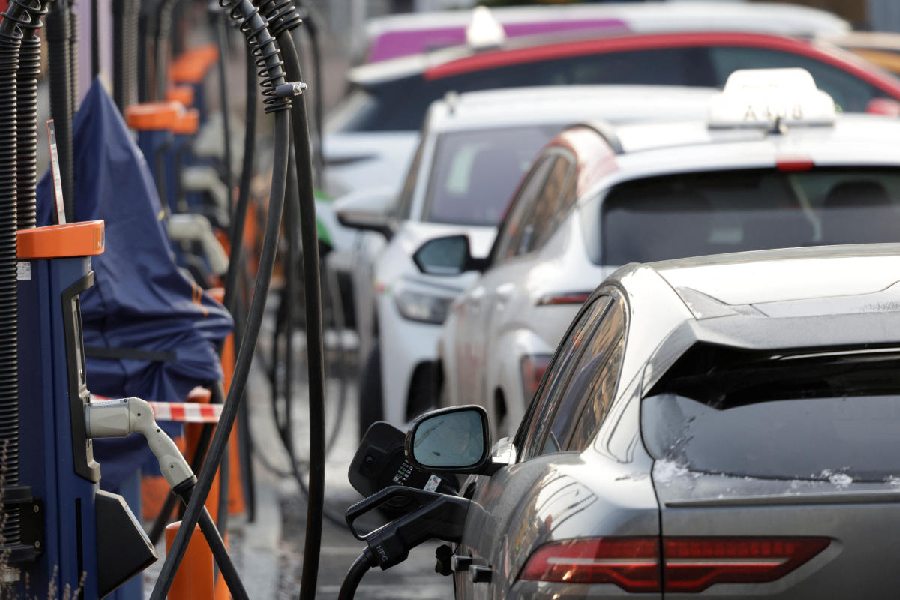Simplification of direct and indirect tax policies will be the main focus area for the government in the New Year after beginning the review of the six-decade-old income tax law and rationalisation of the GST rate in 2024.
The government has started a review of the Income Tax Act, 1961, to make it simple and easier to understand. Amendments to the I-T law, removing the obsolete provisions and making it concise, is likely to be tabled in Parliament as early as the Budget session.
On the GST front, tax officers grappled with fake registration for the sole purpose of fraudulently claiming input tax credit (ITC) and defrauding the exchequer.
As per information shared with Parliament, from April-October, 2024, GST officers detected cases of input tax credit evasion of ₹35,132 crore by 17,818 fake firms and arrested 69 persons.
To check fake entities, the GST Council, comprising the Centre and states, has already brought in biometric authentication for certain suspicious businesses, under which the person seeking GST registration will be asked to go to an Aadhaar centre to have his biometrics verified.
With monthly gross GST collections stabilising at around ₹1.8 lakh crore and gross direct tax collections steadily rising at 20 per cent rate, the effort to ease compliance burden for individuals as well as corporates will gain traction.
Individuals are awaiting a GST tax cut in life and health insurance premiums, which will bring down the cost of insurance, while businesses are awaiting the operationalisation of the GST Tribunal for faster dispute resolution.
Also, the work on rationalising GST rates and slabs has been put in motion with a group of ministers (GoM) deliberating on the changes, but a final decision is expected only by the GST Council, comprising the Centre and state finance ministers.
Currently, GST is a four-tier tax structure with slabs at 5 per cent, 12 per cent, 18 per cent and 28 per cent. Under GST, essential items are either exempted or taxed at the lowest slab, while luxury and demerit items attractthe highest slab.
Luxury goods like cars, washing machines, and demerit goods like aerated water and tobacco products attract cess on top of the highest 28 per cent slab.
AMRG & Associates senior partner Rajat Mohan said continued emphasis on rationalising tax slabs, reducing litigations through a centralised appellate tribunal and leveraging data analytics will be crucial.
The introduction of the Invoice Matching System (IMS) in 2025 will enhance transparency and accuracy in GST filings by automating invoice reconciliation and reducing fraudulent ITC claims.
“However, the transition may pose challenges for businesses, particularly small taxpayers, who could face increased compliance costs and technical difficulties,” Mohan said.

